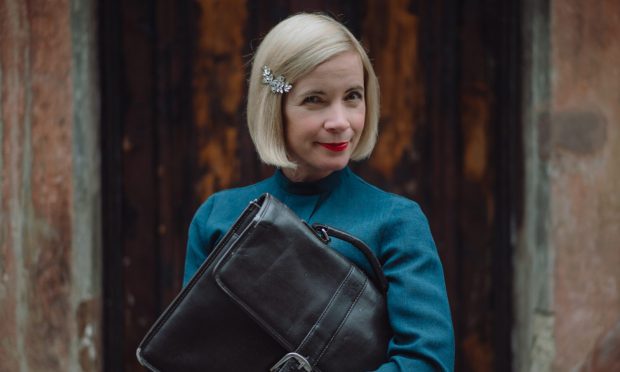
With her chic blonde bob, bright red lips and elegant couture, Dr Lucy Worsley brings the past to vibrant life on screen, giving it relevance today.
The glamorously gamine TV historian has been gracing our living rooms with her TV presence for well over a decade. And on Friday she was back with the second in the gripping BBC2 Lucy Worsley Investigates series, which kicked off with a new, eye-opening take on the Jack the Ripper mystery.
But Lucy, 51, reveals in P.S. today that she had intended to become a scientist – not a historian – and fell into broadcasting by chance.
Lucy, who grew up in Reading, Berkshire, explained: “I have a scientist dad, and he wanted me to be a scientist too. To please him I started studying chemistry, biology and maths at A-level.
“It was my mum who said, ‘You need to change to history, because that is what you really enjoy’.
“Then I had to tell my dad, who said, ‘You’ll be cleaning toilets for a living, my girl, with a history degree’.
“He was wrong to say that, because there is nothing wrong with cleaning toilets for a living, but he was also right, because I am a social historian and spend a lot of time researching and explaining how people went to the loo.”
Bringing history to life
The woman who was appointed Officer of the Order of the British Empire (OBE) in 2018 for services to history and heritage, recalled: “My parents were both involved in teaching and learning, so I grew up with a lot of books and I was always reading.
“I had a book by Jean Plaidy called The Young Elizabeth, about Queen Elizabeth I growing-up at Hampton Court Palace. My copy has a picture of Hampton Court Palace on the front. When I ended up working there, as I have done for the last 21 years, I look at my little book and think, ‘destiny!’
“Television was a complete accident. I was working in different museums and historic houses over the years, where there is always somebody who goes on to the local news and says what the new exhibition is. That person tended to be me, and it grew and grew until it became more like a job, which was completely unexpected and not what I set out to do.
“I was very proud to work for Glasgow museums early on in my career. I was at the Kelvingrove Art Gallery. I lived in Buccleuch Street and walked down to the offices in Sauchiehall Street because at that time the Kelvingrove Gallery was closed for a big refurbishment and representation. I could not believe how much it rained in Glasgow. I had to get myself an entire new wardrobe of waterproof clothing.”
Lucy’s TV career
Her TV career – and her love of walking in the Highlands – has seen her often return north of the border. She was in the Highlands near Taymouth Castle in 2018 to film a programme about Queen Victoria and more recently in 2022 with the launch of the first series of Lucy Investigates, which included the re-examination of the 16th Century witch trials in North Berwick.
She revealed: “I am quite an introvert. I like reading, cooking, water-colour painting, cycling and walking. And I do like to hang out with my friends. I live in central London, so it is a treat to go to the Highlands to walk – we have friends in Inverness-shire. I like a bit of wilderness.”
In following her heart, Lucy – who is married to architect Mark Hines – clearly made the right choice. She studied Ancient and Modern History at New College, Oxford, graduating in 1995 with a BA first-class honours degree, and in 2001 was awarded a PhD from Sussex University.
She began her career as a historic house curator, going on to work with a number of organisations before joining Glasgow Museums in 2002.
Her TV career took off in earnest with the 2011 four-part television series If Walls Could Talk and she now has a string of successful shows under her belt, including the re-staging of the wedding of Queen Victoria and Prince Albert for a 2018 TV movie.
Until the start of this year, Lucy – also a successful author and podcaster – was for 21 years chief curator at Historic Royal Palaces, responsible for, among others, the Tower of London and Hampton Court. She stood down at the end of the year to concentrate in 2025 on her podcast, Lady Killers.
Lucy Worsley Investigates
The second series of Lucy Worsley Investigates sees her reinvestigating four dramatic chapters and iconic characters in British history – Jack the Ripper, the gunpowder plot, Bloody Mary and the legacy of William the Conqueror’s invasion of 1066.
She said: “We wanted to film stories people knew something about but where we felt there was a fresh approach to be made, based on what is happening in the world today.
“We are living in a world where there is religious extremism and terror which is relevant to how we tell the story of the gunpowder plot.
And there are countries taking each other over, and carrying out campaigns of violence against civilian populations. Which is what happened in the Norman Conquest.
“What history allows you to do is to talk about the world today in a slightly different environment, where people can perhaps exchange views about what they believe with less emotion and shouting.
“Thinking about history flexes important brain muscles like judgement, analysis and the ability to work out when someone is lying. These are important skills for citizens of the world.
“I am really lucky that I get to work in BBC Arts, which is the classy end of television,” she laughed. “I have amazing colleagues who get us access to places like the National Archives to film The Domesday Book – incredible! Or the letter written in red ink that is supposed to be blood, which was in fact written by a journalist in the character of Jack the Ripper.
“I also saw the evidence that Guy Fawkes was tortured. His signature before and after the torture suggests they have broken his hands, using the rack or the thumbs screws.”
Just as religious extremism and radicalisation exists today, she says, so does the patriarchy and misogyny that tarnished the legacy of England’s first Queen Regnant, crowned in 1553, the so-called Bloody Mary, who carved her own courageous path as a woman.
Could Scotland lure Lucy back for another investigation?
“I loved doing the Scottish witch trials and it would be good to go to Scotland some more,” she said. “I would love to investigate the life of Mary, Queen of Scots. There are murders involved. I would probably come at it from whether she had been done down by centuries of patriarchy. I suspect the answer would be yes.”
Podcast on ‘bad women’
Historian Lucy Worsley has given up the role she held with Tracy Borman as joint chief curator at Historic Royal Palaces to concentrate on her podcasts, Lady Killers and Lady Swindlers.
Available on BBC Sounds, it investigates the crimes of Victorian women from a contemporary, feminist perspective.
She said: “I’m looking forward to spending some more time with bad women in the future. We have fun with it. We have an all-female production team and enjoy working on stories where women are not the dead ones. They are the ones doing the bad things themselves, sometimes because they are evil, sometimes because they are desperate. It is a great project.”
It’s the antidote to what she calls the “myth” of Jack the Ripper – the inhumane, sexist and common perception that the killer was on a mission “to cleanse the streets of sex workers”.
In Lucy Worsley Investigates, she challenges the pejorative labels attached to the victims and the erroneous and accepted views of the time, perpetuated by a burgeoning media.
It’s a misogyny she says still exists to this day. “I hope, through using an element of entertainment, to stealthily change people’s minds about things, like how women are treated,” she said. “A carrot rather than a stick.”
Lucy Worsley Investigates airs on Fridays at 9pm on BBC 2 and is available on iPlayer. Lucy’s Lady Swindlers podcast is available on BBC Sounds.
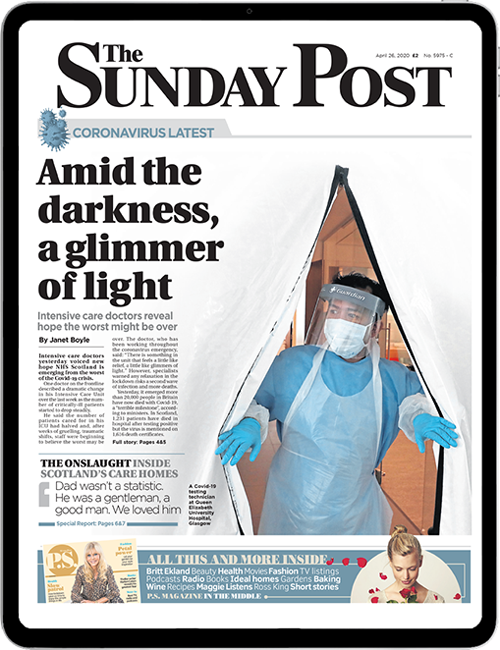
Enjoy the convenience of having The Sunday Post delivered as a digital ePaper straight to your smartphone, tablet or computer.
Subscribe for only £5.49 a month and enjoy all the benefits of the printed paper as a digital replica.
Subscribe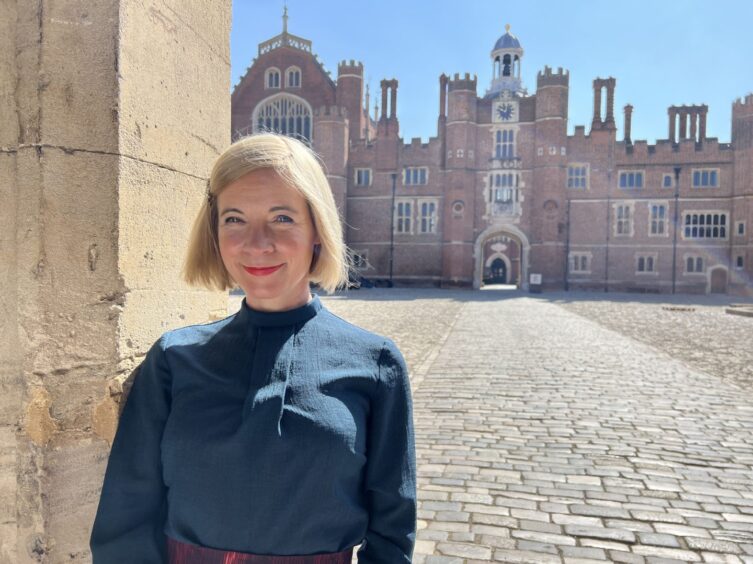 © BBC Studios / Lorian Reed-Drake
© BBC Studios / Lorian Reed-Drake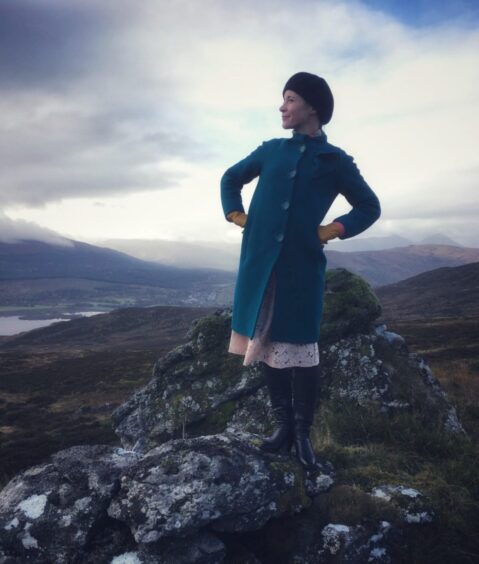 © Supplied by Lucy Worsley
© Supplied by Lucy Worsley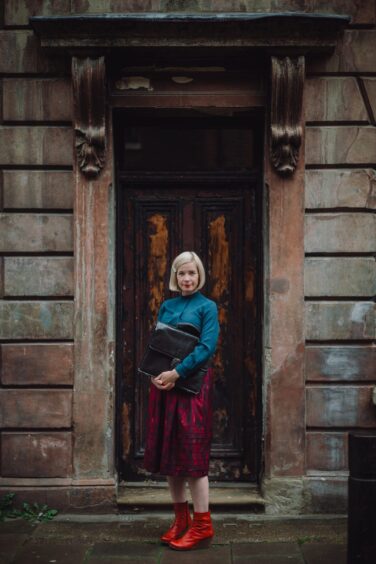 © BBC
© BBC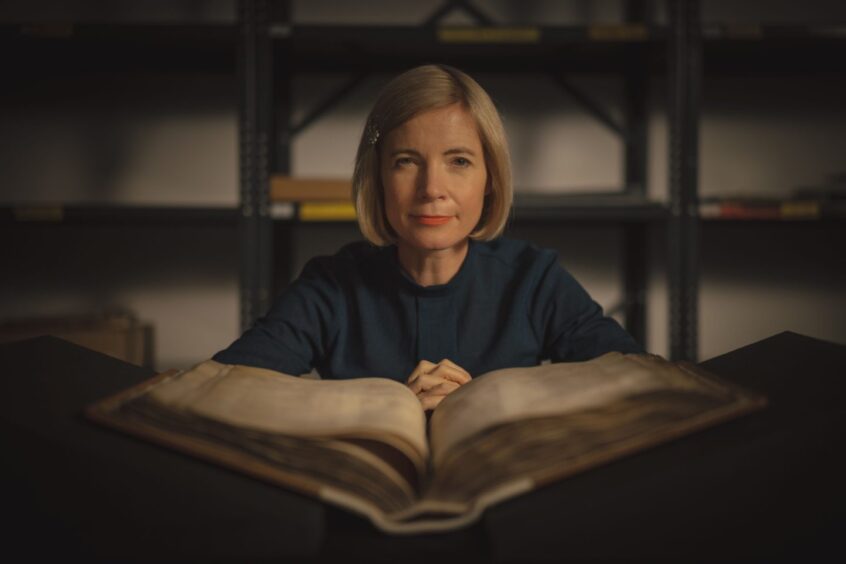 © BBC Studios / Tom Hayward
© BBC Studios / Tom Hayward